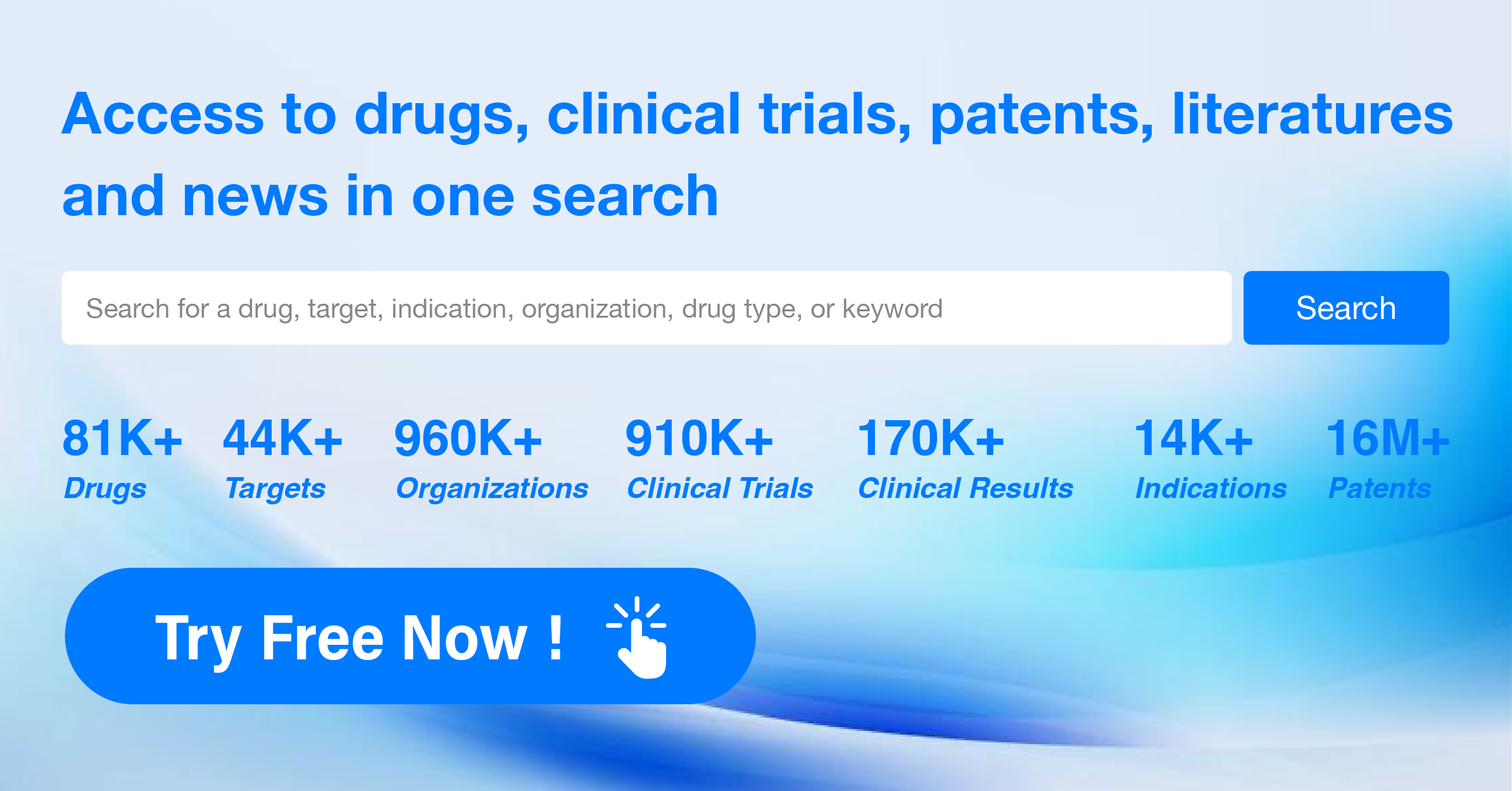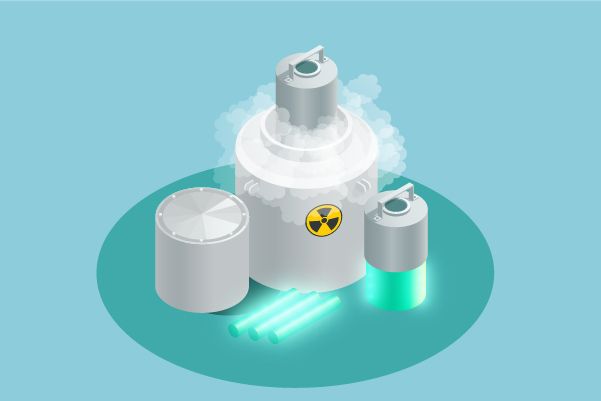What is ED50?
ED50 (Effective Dose 50) refers to the dose of a drug or substance that produces a desired effect in 50% of a population or sample under a given set of experimental conditions or in a group of test subjects. It is a quantitative measure used to evaluate the potency or efficacy of a drug in pharmacology and toxicology studies. The smaller the ED50 value, the lower the dose required to achieve the same effect, indicating a higher potency of the drug.
In the early stages of drug development, ED50 is an important parameter as it helps researchers understand the relative potency of different drug candidates and predict potential therapeutic doses. Additionally, ED50 can be used to compare the potency of different compounds within the same class of drugs.
It is important to note that ED50 does not directly reflect the safety or toxicity of a drug. Other parameters, such as LD50 (Lethal Dose 50), which is the dose that causes death in 50% of a population, are typically considered in conjunction with ED50 to evaluate the overall safety of a drug. The therapeutic index (TI), which is the ratio of LD50 to ED50, is a commonly used safety indicator, with a higher TI generally indicating a safer drug.
In practice, the determination of ED50 can be carried out using various methods, including regression analysis, simple probit analysis, Kärber's method, improved Kärber's method, graphical methods, area methods, angular transformation methods, cumulative methods, and moving average methods. The choice of method depends on factors such as the experimental design and the nature of the data. Researchers select the most appropriate method based on the specific circumstances of their study.




